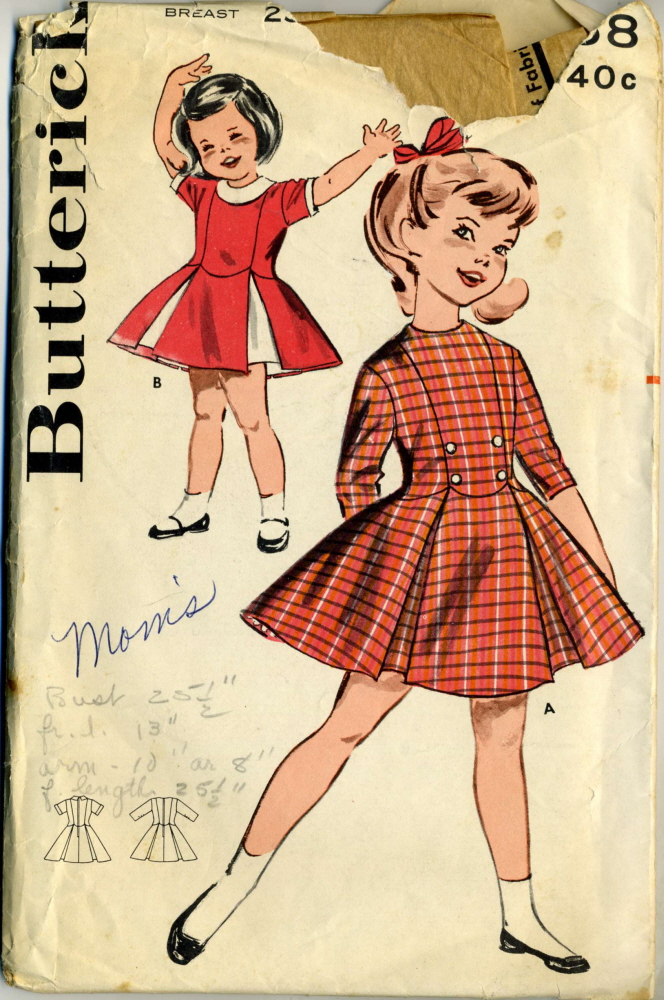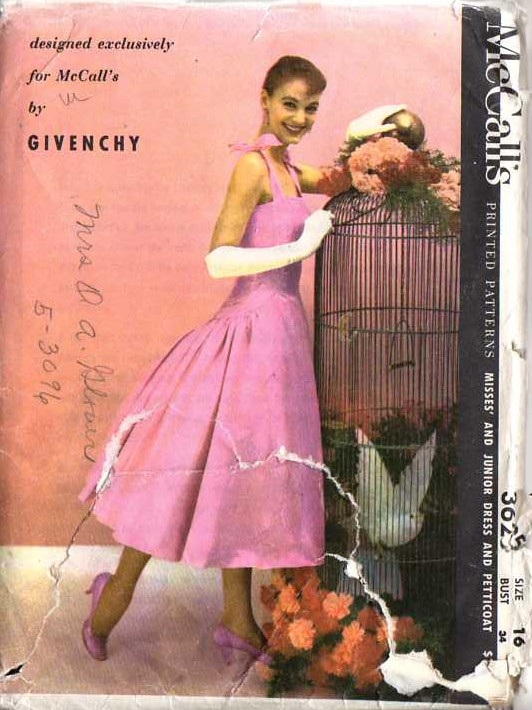It’s unlikely that reclusive poet Emily Dickinson would have wanted much fuss made over her birthday while still alive to celebrate it.
But with the lady safely ensconced in Amherst’s West Cemetery’s plot 53 for more than a century, fans can observe the day in the manner they see fit.
The Library of Congress’ Poetry and Literature Center threw in with the Folger Library in celebration of her 184th, inviting poetry lovers to the free marathon reading of her work, above (and below).
Poet Eleanor Heginbotham cited Dickinson’s letter to her editor, abolitionist Thomas Wentworth Higginson–“Are you too deeply occupied to say if my verse is alive?”–before priming the breakfast crowd on what they should expect from the 8 hour marathon:
We’re just going to have a day with no discussion beyond… And it will be frustrating that we can’t ask questions, we can’t stop and say, “Oh, my goodness. Let’s do that one over again.” We’re just going to read and read and read. And from this moment on, the voice of Emily Dickinson, through those of you in this room, that’s the only voice we’re going to hear, and won’t that be fun?
Yes, though you may want to pack a nutritious snack to keep your energy up. The reading slots were secured by means of an online sign up sheet, and while such egalitarianism is laudable, it does not necessarily confer performance chops on the inexperienced.
Naturally, there are stand outs.
Marianne Noble, Associate Professor of Literature at American University, is a highlight with Poem 75, (2:36:40, above). Her Emily Rocks t‑shirt is pretty rad too.
Professor Heginbotham is another sort of treat with Poem 416, 30 minutes and 40 seconds into the second video, below.
All told, the volunteer readers held the podium for 8 hours, making it through 500 poems, slightly less than a third of the poet’s output.
A transcript of the event, with the readers’ names recorded before their chosen verses can be found here.
Single tickets for the Folger’s 2017 Emily Dickinson Birthday Tribute, co-hosted by poet and feminist literary critic, Sandra M. Gilbert, go on sale August 1.
This marathon reading of Dickinson’s poems will be added to our collection, 1,000 Free Audio Books: Download Great Books for Free.
Related Content:
The Online Emily Dickinson Archive Makes Thousands of the Poet’s Manuscripts Freely Available
The Second Known Photo of Emily Dickinson Emerges
Bill Murray Reads Poetry at a Construction Site: Emily Dickinson, Billy Collins & More
Ayun Halliday is an author, illustrator, theater maker and Chief Primatologist of the East Village Inky zine. Discuss Emily Dickinson with her informally at Pete’s Mini Zinefest in Brooklyn this Saturday. Follow her @AyunHalliday.










